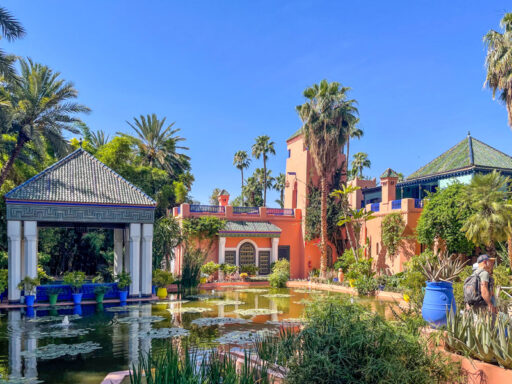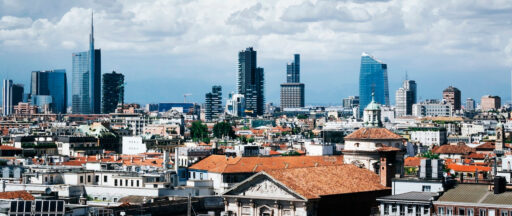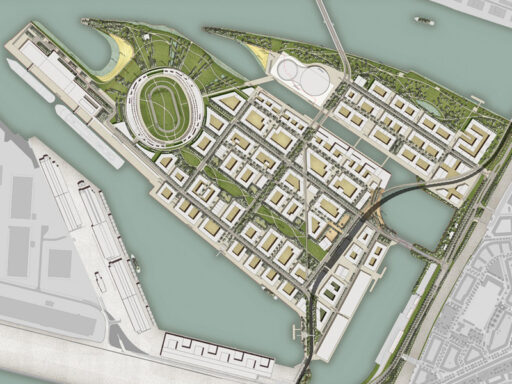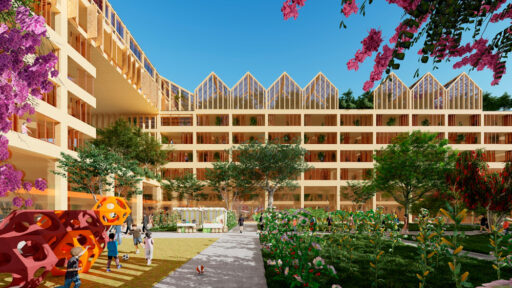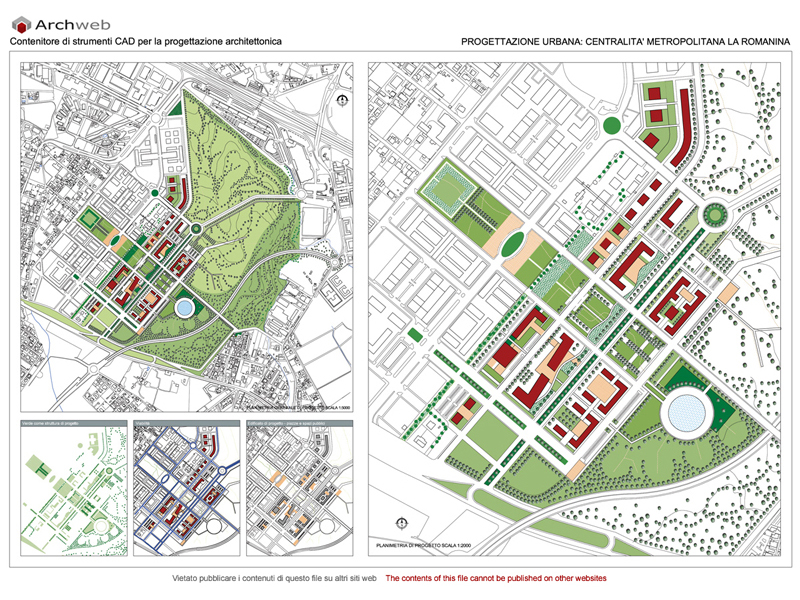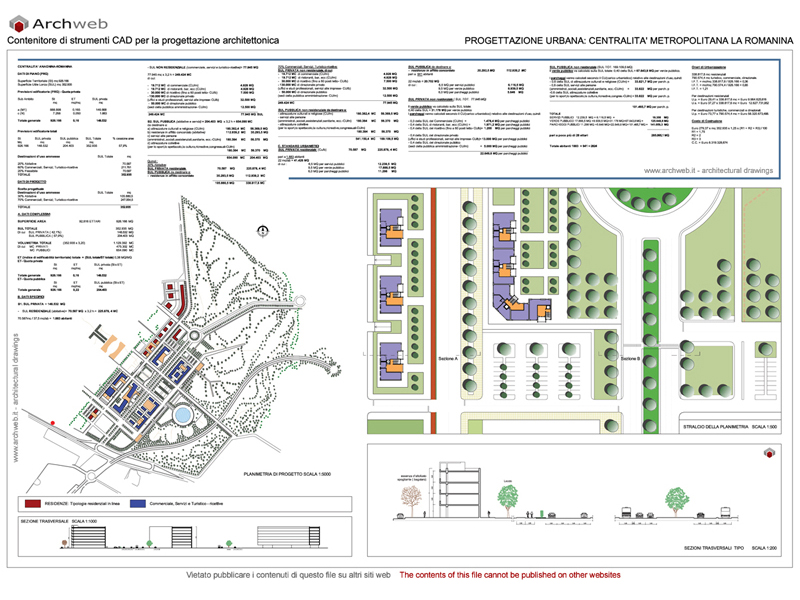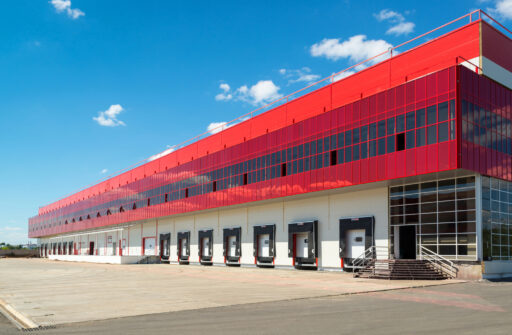The temporary uses of urban spaces
A sound response to the needs of the city of the future

More and more often in the context of urban regeneration interventions, we hear about temporary uses. That is, these are those interventions that do not involve a change in the intended use of the land and building units involved. The purpose is to facilitate the temporary use of properties that are to be decommissioned or in the process of being decommissioned and awaiting a permanent function. This approach identifies temporary use as a viable response to the needs of the city of the future.
Temporary uses are currently regulated by Presidential Decree 380 of 2001, Testo Unico Edilizia. They are currently declined in numerous virtuous practices mainly related to the activation of processes of urban regeneration and redevelopment of degraded urban areas. This new perspective an important role for economic, social, cultural and environmental development for the areas concerned.
It is important to understand that temporary uses do not involve changes of use. The Consolidated Text specifies that municipalities in the interior may allow temporary use of property for uses other than those provided for in the current urban planning instrument. In Article 23-quater of the Tu – it is specified that a temporary use may involve legitimately existing properties and areas of both private and public property. However, it is necessary that it be for initiatives of significant public or general interest.
The TU also stipulates that in the case of publicly owned property or areas, the managing entity must be identified through public procedures.
That of temporary uses is an extremely virtuous practice that is gaining ground in urban regeneration processes. Clearly, it is a practice that bears fruit when it does not involve any change in the intended use of the land or buildings involved.
What is the convention?
At the basis of a regeneration process that starts from a temporary use of assets, there is a convention whose contents are set by law. Indeed, within the convention it should specify:
- Duration of temporary use and any extensions;
- Method of use of real estate or areas;
- Methods, costs, charges and timeframes for restoring the sites once the agreement has come to an end;
- guarantees and penalties for any failure to meet the obligations specified in the agreement.
Entering into the agreement entitles the managing entity to carry out any adjustment work necessary to improve accessibility, safety of the environments and ensure health protection. Any intervention must be reversible to ensure the restoration of the state of affairs.
The legislation also allows regions to introduce additional provisions regulating temporary uses.
Currently in Italy, there are many municipalities with their own regulations that allow temporary uses by third parties. Within urban practices, the inclusion of temporariness, naturally conflicts with the traditional form of urban planning that wants predictive and predictive approaches.
Temporary uses: the role of design strategy
This new approach therefore requires thinking no longer in terms of building a plan, but in terms of building a collective strategy. Strategy in which actors are capable of proposing and producing plans and processes aimed at achieving common and shared goals.
Opening to temporary uses often requires reasoning by experimenting with citizen involvement and opening to so-called “bottom-up” proposals. This approach increasingly approaches adaptive, flexible solutions that are closely linked to territories.

The increasing success of such practices shows how traditional urbanism is struggling to keep up with the profound changes that the contempronaneity is going through. We no longer speak of design, but of planning and strategies that accept the city as a living body in constant change.
Temporary uses of spaces are capable of triggering infrastructural and social capital enhancement processes. To ensure the success of such actions, it is necessary to involve local stakeholders, stimulate their interest, creativity and growth of planning through transparent pathways. These pathways must be aimed at activating the community and forming a culture of the common good, generating intelligent proposals to specific needs. This defines temporary uses as a valid response to the needs of the changing city.
Arrangements for involving specific resources and expertise that can manage the participatory process (the facilitators) and co-design temporary uses can also be subject to agreement.
What are the temporary uses for?
Many cities including London, Paris and Milan are considering temporary uses as the focus of urban regeneration processes. This is in order to meet the new challenges that contemporary life confronts us with. These challenges are similar to those that invest new forms of housing and that see in the social housing an innovative and viable response.
The emblematic cases of temporary use all share an often laboratory soul in which there is a need to design, redesign and test uses and configurations of space. This is precisely the added value of the approach to temporariness; in fact, temporary urbanism aims precisely at creating a shared value that goes far beyond use.
In fact, intangible aspects of design are often targeted, such as the creation of governance models, forms of investment, policies and regulations. The added value of temporary use in this view is to initiate and accompany transitions and transitions to desirable and shared uses and visions.
This is precisely why we go beyond function and use, leaning rather toward process, collective sense-making, analysis of target groups to be involved, and design of management models.
That of temporary uses is therefore a prototypical and experimental nature that needs to master plans flexible that recognize the city as a complex system, always in motion and evolving over time.


































